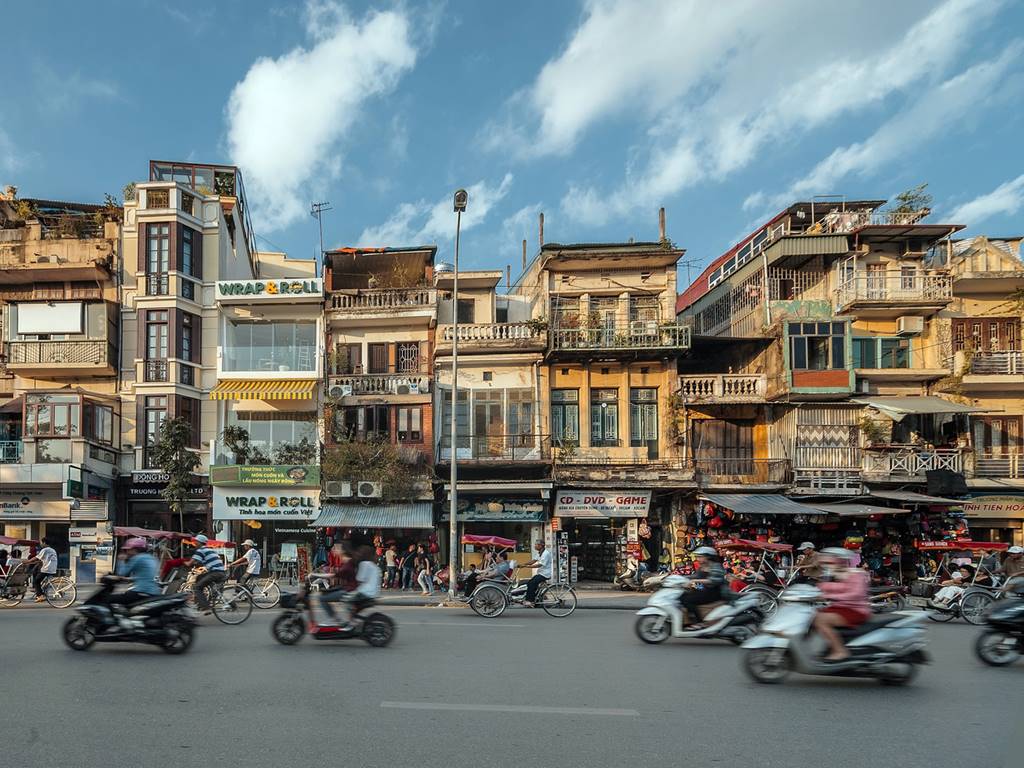
The pace of technological and social change around the world means more and more buildings are becoming obsolescent as consumer need and demand shift.
Some of the world’s most expensive real estate is to be found in mature cities, such as London, New York and Shanghai. And, in between the glossy new developments and protected historic buildings, there are many older, redundant buildings. Thoughtful reuse of these moribund assets offers a way for investors to enter the market and add value, says JLL Head of Asia Pacific Research, Dr Megan Walters.
“Obsolescent buildings might be wrong for their current use, but might also be adaptable to something more suitable,” she says. “Investors prepared to think creatively can acquire such buildings at discounted prices.
“Lack of land and a strong supply of capital means real estate in developed markets is not getting any cheaper so investors need to be flexible in order to be able to place capital in these cities.”
In a recent example, UK developer Argent appointed Designer Thomas Heatherwick to transform two Victorian coal sheds at its massive King’s Cross regeneration scheme. The buildings had been derelict since 2008, having previously been home to a nightclub. Argent linked the two former industrial buildings with sweeping roofs to create 13,500 square metres of boutique retail space.
In 2017, Blackstone Group acquired Xuebao Mall on Shanghai’s Huaihai Middle Road, with the intent to convert to co-working space. The revamped building now has co-working market leader WeWork as a tenant.
Also in Shanghai, Pamfleet has converted the former Starway Parkview South Station Hotel into to a co-living facility. Pamfleet and its partners converted the 56-room hotel into 67 apartments including studio, one- and two-bedroom units, a gym with a pool and tennis courts, and more 1,000 square metres of retail.
In Irondequoit, upstate New York, developer Pathstone Corporation has announced plans to adapt part of the redundant Skyview on the Ridge shopping mall into a 157-unit senior care facility. Another part of the mall will be converted into a community centre.

According to Xuan Pham, Head of Marketing at JLL Vietnam, old buildings may no longer fit the needs of the current market, but once properly modified, they will create attractive destinations for tenants. While the previous generation had always preferred the front positions for the retail business, now young people are quite interested in the old and classics places. Thanks to this nostalgic trend, big cities, especially Ho Chi Minh City (HCMC), are witnessing a strong recovery of old-style buildings.
Thanks to its past, Vietnam’s major cities are filled with historic buildings and tiny alleyways that lead to more tiny alleyways. Both Hanoi and Ho Chi Minh City are seeing a resurgence of historic buildings that would have been replaced by more modern properties by now, if not for millennials.
The focus on the old is not new. Long-standing apartment buildings and mansions on main streets like Ton That Thiep and Nguyen Hue in District 1, Ho Chi Minh City have been enjoying a large number of passersby. These have been famous destinations of young people in recent years, thanks to the emergence of a series of cafes and bars with minimalist, ancient and unique décor.
Hanoi, on the other hand, has always been famous for its Old Quarter, which is a crossroads between the past and the present, has created many great business opportunities. What used to be shops of artisans and traders are now also home to concept stores, hostels, and restaurants, bustling with tourists and youngsters, meeting the needs of young people and the tourism industry.
Non-retail businesses are not staying out of the retro wave. Toong is known for transforming many old, underutilized buildings into contemporary coworking spaces, bringing modernity and tradition into the workplace. Forgotten properties around the city are now busy again thanks to the presence of startup companies with a young and hip workforce. But not any old building can be resurrected successfully.
“The most suitable buildings for adaptive reuse are those which are well-positioned, even if the site is not suited to the current use. Finding assets with ‘good bones’ and a layout which can be easily adapted to new use is also important,” says Dr Walters.
“City authorities are likely to be amenable to plans which bring life, people and employment back to a building or a district.”
Singapore’s Urban Redevelopment Authority recently announced plans to introduce a greater mix of uses in several areas of the Singapore CBD. Redeveloping in line with the plan will gain investors extra plot ratio.
For example, converting an office property in the city’ Robinson Road, Shenton Way and Tanjong Pagar area to a mix of commercial and residential use, will gain an increase of 25 percent in plot ratio.
In addition, safety is indispensable for investors who want to participate in this segment. Many old buildings are gradually degraded with damaged systems and damp. The absence of building management and the lack of equipment for fire protection are extremely dangerous threats. Investors need to seriously pay attention to building safety issues, be aware and fully understand the building's problems before re-operating. With growing interest in the old-style architectural properties of both retail and non-retail businesses, investors need to hurry and create new models to catch up the trend in a time when prices are still affordable.
Regardless, the trend is here to stay, for both retail and non-retail businesses. Investors prepared to think creatively can acquire such buildings while the price is still reasonable.

















